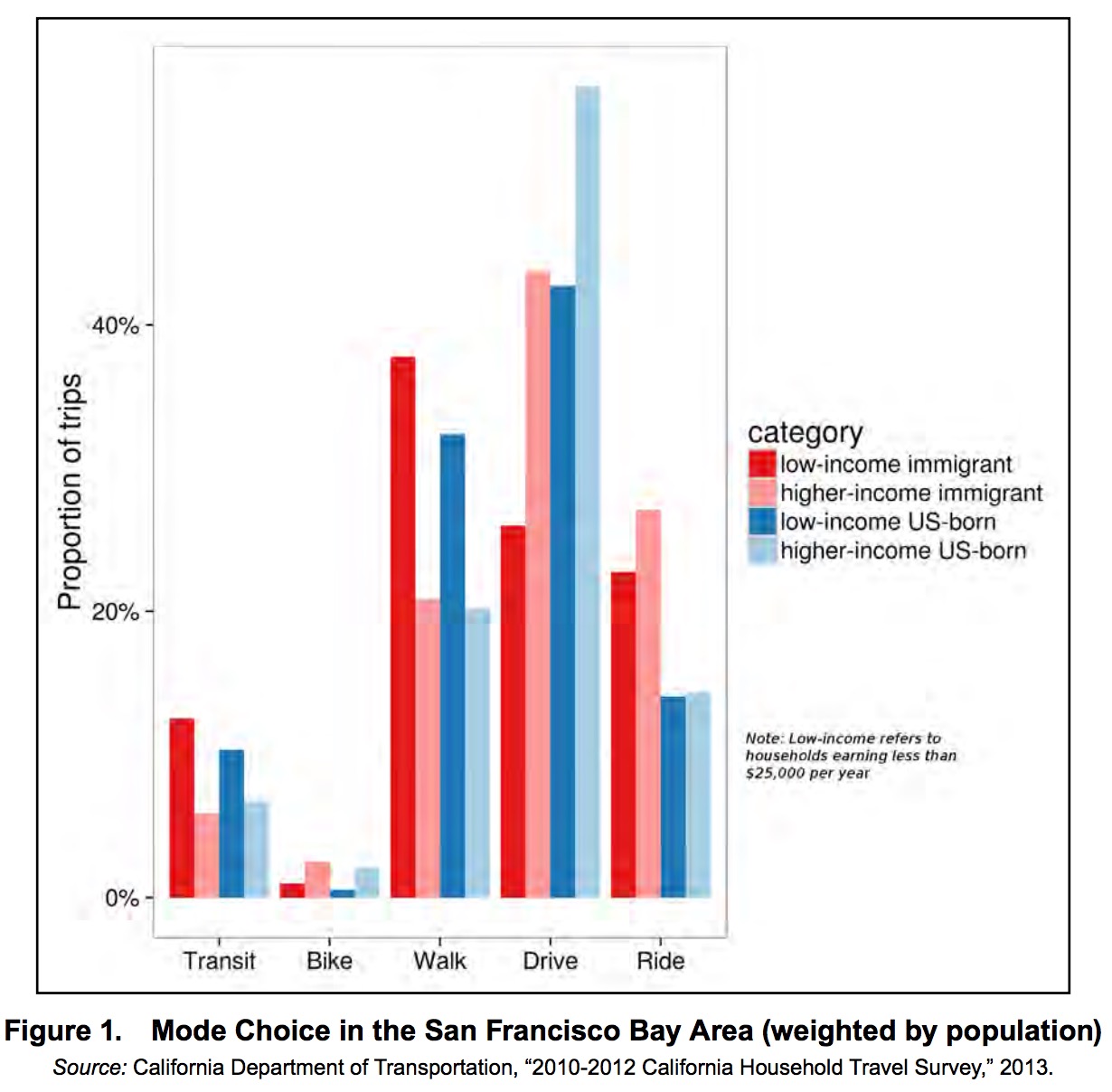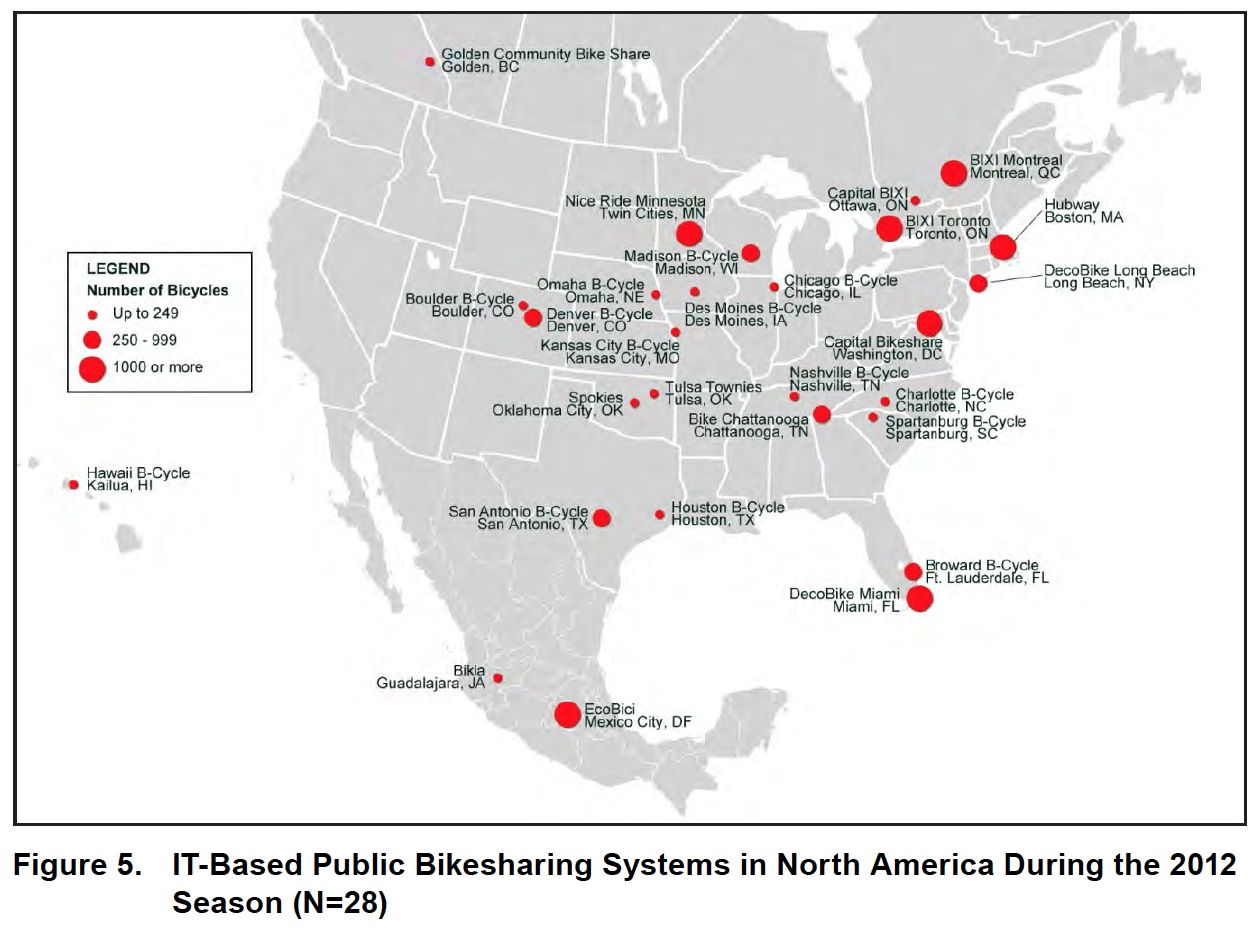
While women are making up more of the workforce than they were a few decades ago, some industries continue to struggle with attracting and retaining women. The attraction and retention of women in the transportation industry is an international challenge, even with the increases in women in the labor force and increases in educational attainment by women. The transportation industry includes any occupation, and is not solely limited to transportation engineering, planning, operations, maintenance, and research.
View this complete post...



















 RSS Feed
RSS Feed